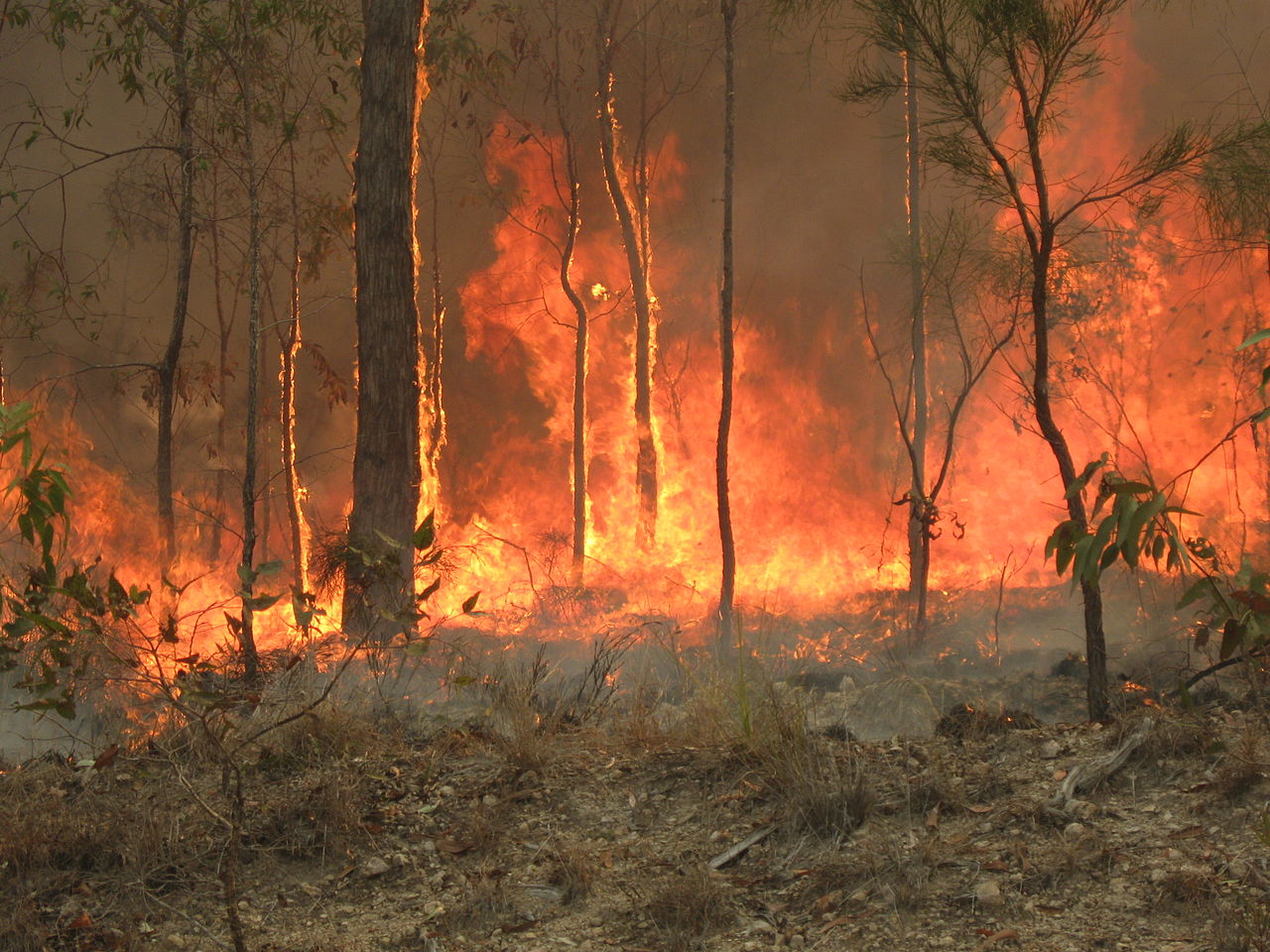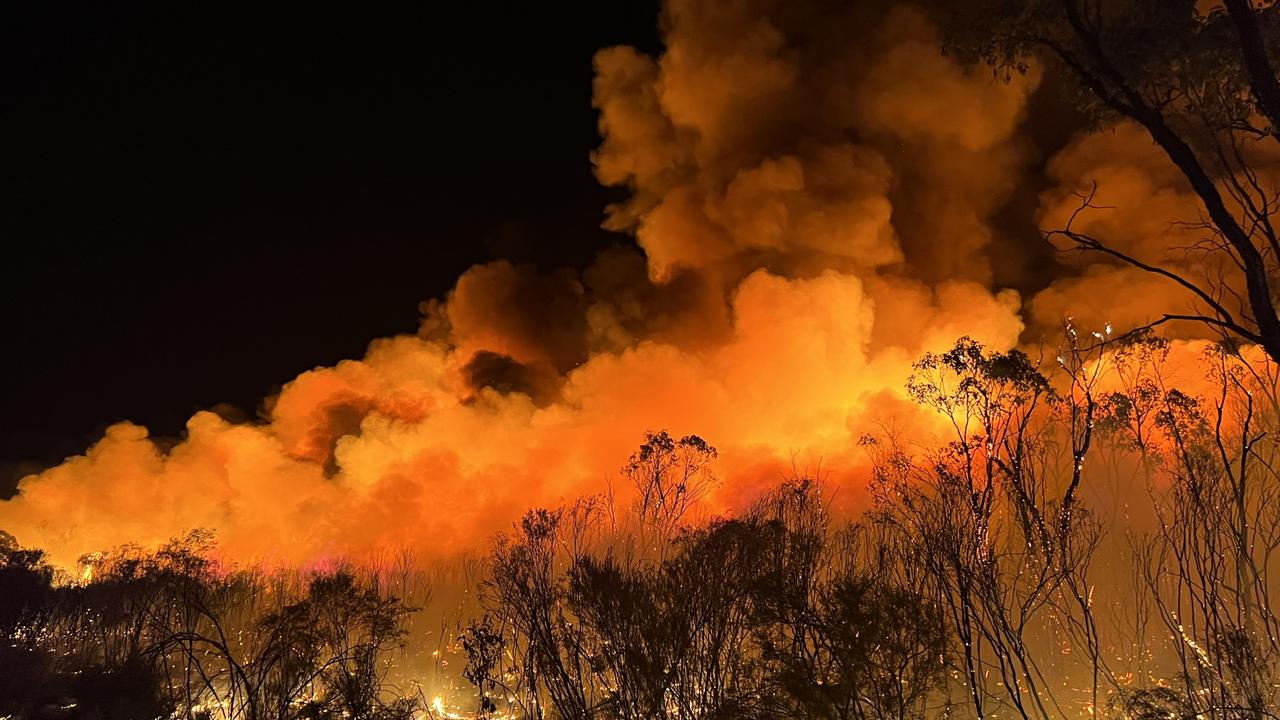Beyond Compliance: Enhancing Residential Property Safety And Security with a Thorough BAL Report Evaluation
Beyond Compliance: Enhancing Residential Property Safety And Security with a Thorough BAL Report Evaluation
Blog Article
How BAL Report Impacts Bush Fire Security Measures
In the realm of bush fire defense, the Structure Attack Level (BAL) record stands as a crucial tool that dramatically influences the security and durability of homes in fire-prone locations - BAL Report. The impact of a BAL assessment prolongs far past mere paperwork; it works as the foundation for establishing the proper building criteria and fire defense actions essential to minimize the risks posed by bushfires. As communities come to grips with significantly severe fire seasons, comprehending exactly how the BAL record shapes these protective actions becomes critical for home owners, contractors, and policymakers alike
Understanding the Bushfire Attack Degree

Importance of BAL Report Assessment

Furthermore, the BAL record assessment acts as a foundational step in following legal responsibilities and demands associated with bushfire defense. Local councils and authorities frequently mandate the submission of a BAL report as part of the planning and building authorization process to make sure that residential properties are adequately safeguarded versus bushfire dangers. Falling short to carry out a thorough BAL record analysis can cause insufficient security steps, leaving homes prone to ruining bushfire occurrences.
Building Requirements Based Upon BAL
A comprehensive understanding of the Bushfire Attack Level (BAL) enables building proprietors to apply building and construction requirements tailored to their certain danger account. Construction standards based on BAL are important in alleviating the impact of bushfires on residential properties. The BAL ranking categorizes the potential threat a property faces during a visit our website bushfire on a range from BAL-Low to BAL-FZ (Flame Zone)
Applying Fire Protection Measures
With the foundation of construction requirements based on Bushfire Assault Level (BAL) in place, the focus currently changes in the direction of the sensible execution of fire defense measures to fortify residential properties versus bushfire hazards. Easy measures include making use of fire-resistant building products, setting up ash guards on vents, securing spaces in walls and roofs, and maintaining try this website a clear room around the home totally free from combustible plant life. By incorporating both passive and active strategies, buildings can dramatically lower their vulnerability to bushfire events and raise the security of passengers.
Safeguarding Homes Versus Bushfires
Effectively protecting homes versus the harmful effects of bushfires requires a aggressive and detailed technique to fire security measures. Furthermore, sealing vents and voids to stop ash intrusion, as well as including fireproof doors and windows, can aid strengthen the home's defense against bushfires. By embracing a proactive position and integrating these safety procedures, property owners can significantly enhance their chances of guarding their homes versus bushfires.
Final Thought
Finally, the Bushfire Assault Level (BAL) record plays a crucial function in figuring out the required defense steps versus bushfires. By evaluating the BAL, building standards can be customized to mitigate the dangers and ensure the safety of homes in fire-prone locations. Applying fire defense steps based upon the BAL report is vital in safeguarding residential properties from potential bushfire hazards. It is necessary for house owners to focus on BAL assessments and stick to suggested construction criteria to enhance bushfire durability. web
In analyzing bushfire risk to residential or commercial properties, recognizing the Bushfire Strike Degree (BAL) is a critical component for implementing efficient security procedures. On the whole, a clear understanding of the Bushfire Strike Degree is vital for executing sufficient defense measures and mitigating the impact of bushfires on residential properties.

Report this page